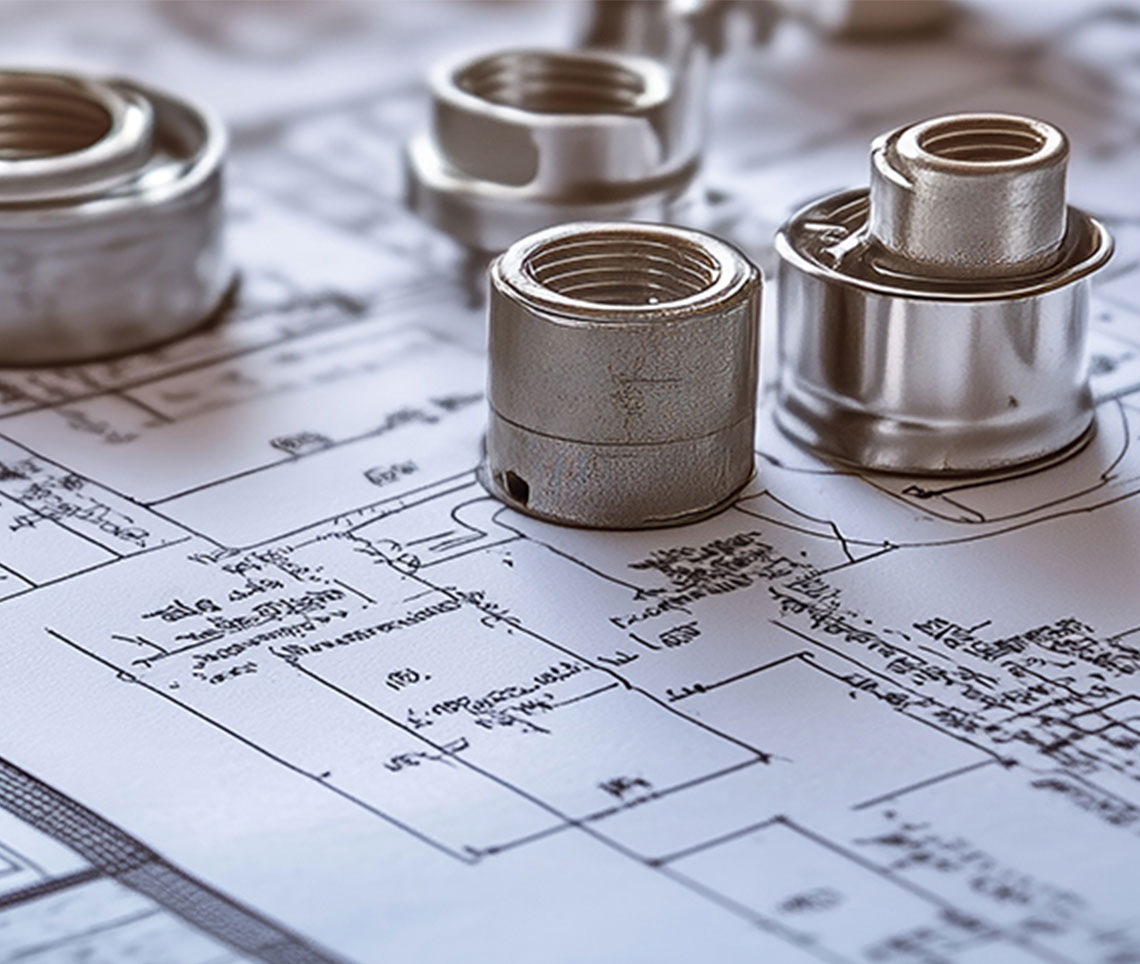Air Conditioner Terminology
June 1, 2016 Jeff Rosenblum
Hello all! It seems that the air conditioning season is upon us (finally)! As such, I figured this would be a good time to review some AC terminology. As always, if you need any help please feel free to call the Famous Supply Tech Support Department at 330.475.8230.
- Superheat: The amount of heat added to a substance above its boiling point. Superheat happens in the evaporator. Once the refrigerant boils o , it continues to absorb heat.
- Subcooling: The amount of heat removed from a substance below its dew point. Subcooling takes place in the condenser. As the refrigerant condenses, it continues to be cooled o below its dew point.
- Metering Device: This causes a drop in refrigerant pressure. When we drop the pressure of refrigerant, the temperature also drops. We use this idea in order to absorb heat from the house. Typical metering devices include the TXV, piston (fixed bore), capillary tube, and LEV.
- Compressor: This is what raises the pressure of the refrigerant. When we raise the pressure, we also raise the temperature. We raise it above the outdoor ambient temperature so we can use the outdoor air to cool the refrigerant and provide subcooling.
- Temperature Drop: This is the return air temperature minus the supply temperature.
- Accumulator: This is sometimes used in air conditioners to capture any liquid refrigerant that may make its way back to the compressor. Liquid can cause damage to the compressor.
- Crankcase Heater: This is sometimes added to an air conditioner. The purpose of this is to keep the compressor warm to avoid refrigerant migration in the oil. When refrigerant migrates into the oil and the compressor starts, it causes the coil to foam. This provides inadequate lubrication for the compressor.
Jeff Rosenblum
Technical Support
17 Years Industry Experience
Cell (330) 962-2491
[email protected]















